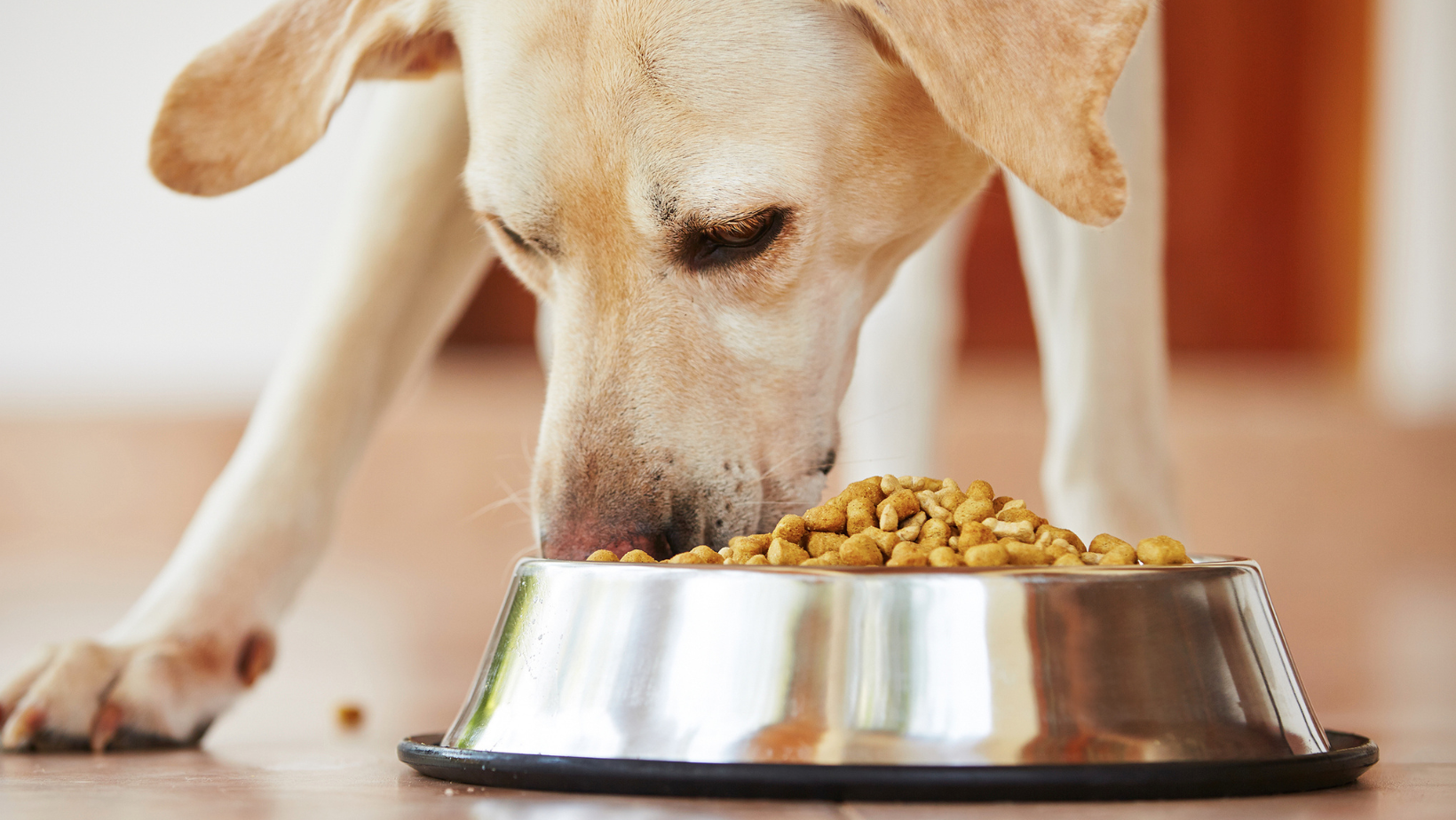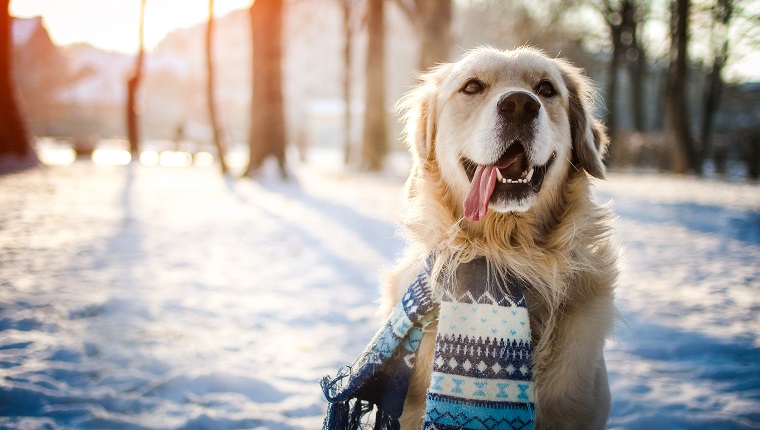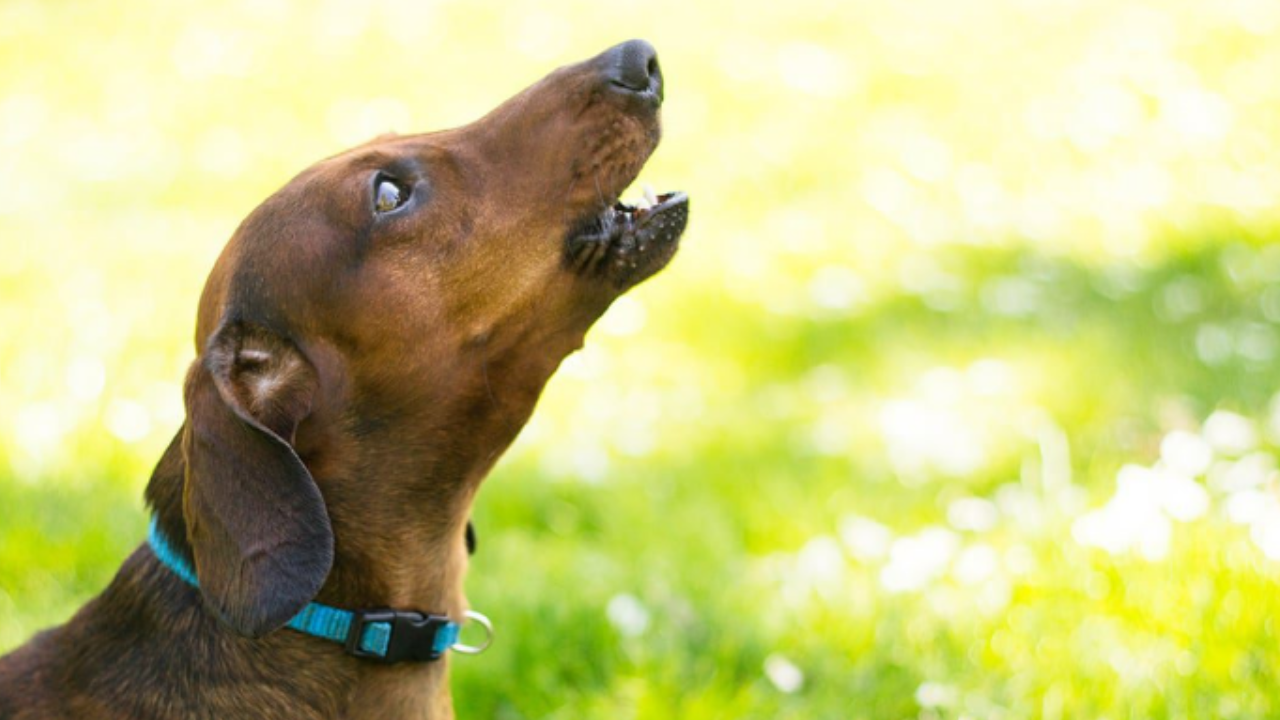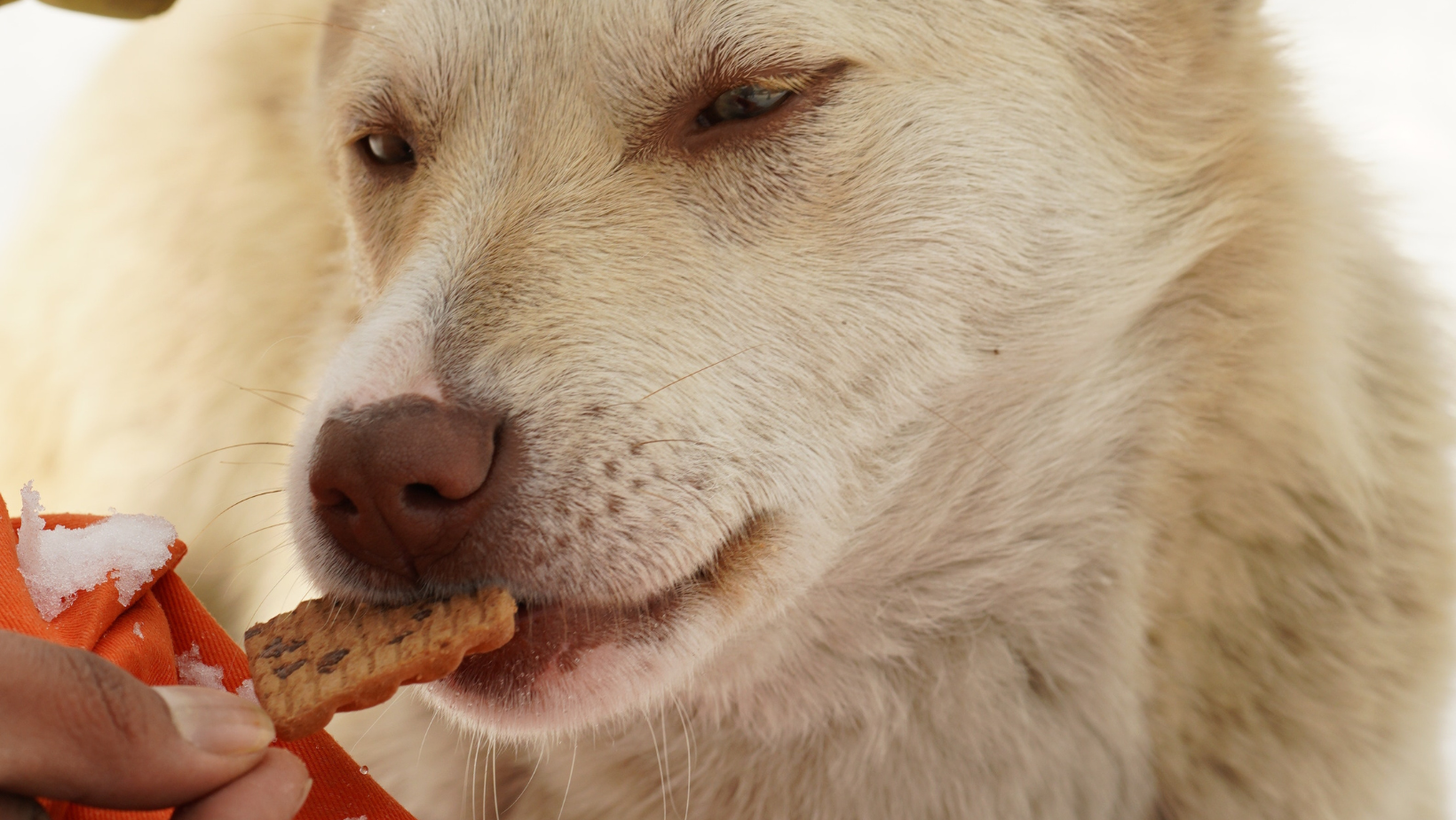Why is my dog not eating and what can I do?

Dogs enjoy eating. It sometimes appears as though their primary goal in life is obtaining food, whether they are making puppy-dog eyes at you from beneath the dining table or lunging for that pizza crust on the sidewalk. The abrupt loss of appetite in your dog is therefore likely to be a cause for concern.
Why is my dog not eating?
A dog may not want to eat for a variety of reasons. It’s important to note that one of the most typical symptoms of sickness is lack of appetite, so if your dog hasn’t eaten in 24 hours, it’s recommended to call your veterinarian, especially if there are any other alarming symptoms like diarrhoea or lethargy.
Dental problems
Appetite loss is frequently a symptom of dental problems. It’s a good idea to examine your dog’s mouth for anything trapped in their teeth or gums since, similar to toothache in people, your pup may not feel like eating if something is wrong with their teeth.
Any loose teeth or significant tartar buildup are indications of a major dental issue; if you notice any of these, make sure to get your pet to the vet immediately soon.
Of course, the greatest medicine is prevention! Do not forget to routinely brush your dog’s teeth and to take them to the doctor at least once a year for a dental checkup.
Environmental changes
Some dogs may become distressed by changes in their habit or environment and stop eating for a period. This might be the reason if your dog just went through a traumatic incident.
Dogs usually resume their regular feeding routines when the initial worry has subsided. If they continue to refuse food after a few days, try some of the suggestions below and don’t forget to call your veterinarian.
Overfeeding
Sometimes, a dog’s refusal to eat dinner may not be the result of a behavioural issue or physical condition. Maybe they’re simply not hungry!
It’s shockingly simple to overfeed dogs or to give them too many goodies. Keep in mind that the serving sizes shown on food packages sometimes exceed what a regular dog would require.
Make sure no one else in the home is sneaking food to your dog by keeping track of how many treats they receive each day. And as usual, if you’re unclear about how much to feed your dog, see your veterinarian.
Picky eater
t’s a good indication that nothing significant is amiss if your dog just objects to particular foods rather than rejecting everything. You could be dealing with a finicky eater. Dogs that have been fed a broad variety of foods, frequently receive table scraps, or are fed at irregular intervals are more likely to experience this issue.
Puppies are renowned for being picky eaters. Your dog may not necessarily be ill if your new puppy seems to be avoiding food. New pups take in a lot at once, so you may need to experiment with their diet as they acclimatise to their new existence.
Dogs that are used to receiving frequent human-food treats (such as fatty, delicious bits of cheese or salami) may reject their blander kibble in the hopes that something better may appear in the future.
Check out the advice below on how to convince your dog to start eating again if you believe that they are simply being choosy.
Food quality
Additionally, be sure the food hasn’t expired before your dog abruptly quits eating a certain brand of food that they have been consuming for years.
Whether you can, try opening a fresh bag of kibble to see if your dog would eat it; occasionally, dry kibble can develop mould that humans can’t see but dogs can smell. Additionally, the components can have changed, so it would be worthwhile to try a new taste.
Owner absence
While you’re gone, some dogs won’t touch their food, but as soon as you enter the house again, they’ll start munching. Since dogs are group animals by nature, they could feel more at ease eating at your house. If this is the case, attempt to feed your dog at least 10 to 15 minutes before you must leave so they may complete eating before you say goodbye for the day.
Dogs that regularly receive treats made of human food may reject their kibble if they have become ready to receive them.
Tips on how to get your dog to eat food again
Try the strategies listed below to entice your dog to eat if you and your veterinarian are convinced there is no medical issue causing them to be under the weather.
1. Try rotating through several alternative dog foods
2. Add a tasty topper or mix to their food
4. Go for a walk before meals
5. Feed at consistent times
When to get your dog help if it isn’t eating
You shouldn’t be particularly concerned if your dog skips a meal or two but then starts eating again without exhibiting any other alarming symptoms.
Any dramatic change in your dog’s feeding patterns that lasts more than a few days, frequent vomiting or diarrhoea, lethargy, unexpected weight loss, extreme thirst, not pooping, or odd faeces are all warning signs to look out for. It’s best to get guidance from your veterinarian in these situations.
Summary
Your dog may stop eating for a variety of reasons, many of which are very typical and shouldn’t cause concern if your dog starts eating again after a few days. You should call your vet immediately away if your dog stops eating for more than a few days or displays any other worrying symptoms. These hints should be helpful, we hope. If you are a member of Small Door, you may contact us through the app whenever you have queries or worries about your dog. We are prepared to assist.





